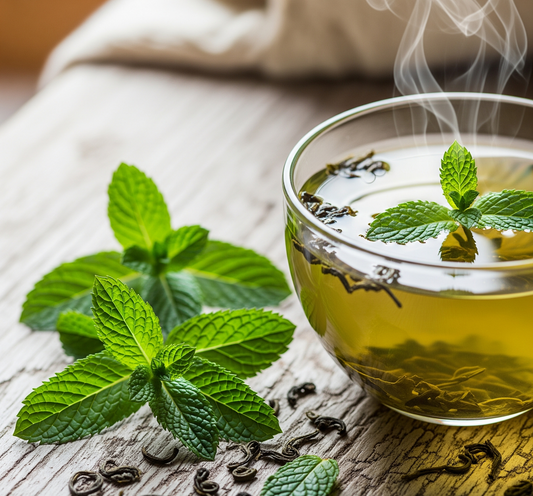Kathmandu glows golden as marigold starts to bloom in every household as far as the eye can see. This gleaming welcomes Dashain, the biggest festival the country celebrates. The air is potent with a floral aroma throughout the street as the collective energy of the locals reverberates in anticipation.
Dashain aayo, khaula piula
Naya luga laula
Dashain is here, we’ll eat and we’ll drink
We’ll go on a shopping spree

The song as old as time itself in Nepal hangs in every child’s mouth as family members flock to the local markets and buy each other gifts.
Migration is a collective experience within Nepal. Many families have members working either away from home or abroad. Dashain is the great homecoming, a reunion of many families spread throughout the world, where people flock back home like migratory birds to stay together for a few days. The weather favors the wholeness of families. Sun shines bright on everyone but it’s neither too hot nor too cold. Enjoy this moment, the sky seems to whisper to those reveling in the closeness of their own company.
Folk Tales of Dashain
Dashain, also known as Bijaya Dashami or Vijaya Dashami is a festival that lasts fifteen days.
According to Hindu Mythology, the demon namely Mahisasur from the underworld created a troubled environment in the Devalok (where God lives).
So, Goddess Durga battled with the demon for ten days and killed Mahisasur. Therefore, Dashain is the festival of a win over evil.
Celebration of Dashain
During Dashain, men and women in their finest clothes (remember the aforementioned shopping spree?) visit their elders to seek tika-a dab of red vermilion mixed with yogurt and rice, accompanied by blessings.
The Dashain Experience
While the religious celebration is a very important part of the Dashain festival. It is the familial bond and the friendship that Dashain emulates with the arrival of last weeks of September.
Tea with family
The fifteen days long holiday begins with a lazy affair. The festival is often a gathering of distant cousins and full of celebrations. There is a lot to be done, but the to-do lists spin around your own family. So the chores begin slow but it always begins with dark frothy milky Nepali tea shared amongst the loved ones.

Nepali Breakfast from Nepal Tea Collective’s collection emulates a lazy Dashain morning. Full of flavor and celebration, the Nepali breakfast tea is paired with traditional sweet bread known as sel roti.
The sweet delicacies and the delicious milk tea sets the mood for the day just right.
Buy Nepali Breakfast to bring Dashain your home and get the classic chiya glass for free! Happy Dashain!
Paper Kites
Nepali sky is the prettiest when the whiff of Dashain is in the air. As schools give out multi-week breaks in the middle of September, the kids bring out the latai (spool), dhaago (thread) and changa (kite). The kite flying begins with the kids but always, always ends up with the adults.

If the marigolds and the beautiful weather are late to show up, it’s the kites dancing in the Kathmandu skylines that promise of the beginning of Dashain.
Colorful paper kites, scribbled with messages to wherever the kite may end up.
Bamboo swings
Linge Ping is a traditional swing constructed during the festival of Dashain mainly in Nepal. It is believed that one must leave the ground once a year by riding the swing during the Dashain festival.

Witnessing of this swinging activity is an exhilaration. With vigorous swinging, people are believed to relieve the earth of their weight, if only for a few minutes out of the year.
The sheer force with which these giant swings are rocked simultaneously in every public and open ground available is enough to believe that Nepali people are aiming for the sky, quite literally.
Card Games
This might sound a bit sketchy, but gambling is also a part of the Dashain. It makes sense that while the air itself feels too good to be true, people try out their luck here and there.
While the government cracks down on public gambling, many household play their own familial version of rummy, gin and others amongst themselves. There’s a lot of laughter, jokes and delightful winnings and losings going on!
Jamara
Dashain celebration comes to a conclusion after the exchange of tika and jamara. Jamara is the grass that emerges after barley seeds germinate. The Dashain jamara is yellowish while barley sprouts in the field are green. The field sprouts get their colour from a chemical called chlorophyll.
Elders members of the family put this tika and jamara which is sown in the Ghatasthapana on the forehead of younger relatives to bless them with abundance in the upcoming year. The red tika also symbolizes the blood that ties the family together.
Younger members of the family travel distance short and long to receive this blessing of family bond and abundance.

It is quite the experience to be walking about during the day of Tika. People with foreheads covered in red vermillion and bundles of jamara tucked in their ears will take over the streets, roads, and any walkable path.
It is a collective Nepali childhood experience of getting tons of pocket money from every single adult in the family. The dakshina is always just right to save for firecrackers, lights and toys for the upcoming festival of Tihar.
More on Tihar in the next blog. Until then, experience the Dashain wherever you are! Share a cup of Nepali breakfast in Nepali chiya glasses with your loved ones.
Also check out our gift collection and wish your dear loved ones a happy Dashain! On this occasion of Dashain, gift them the taste of Nepal, premium quality Nepali teas!




